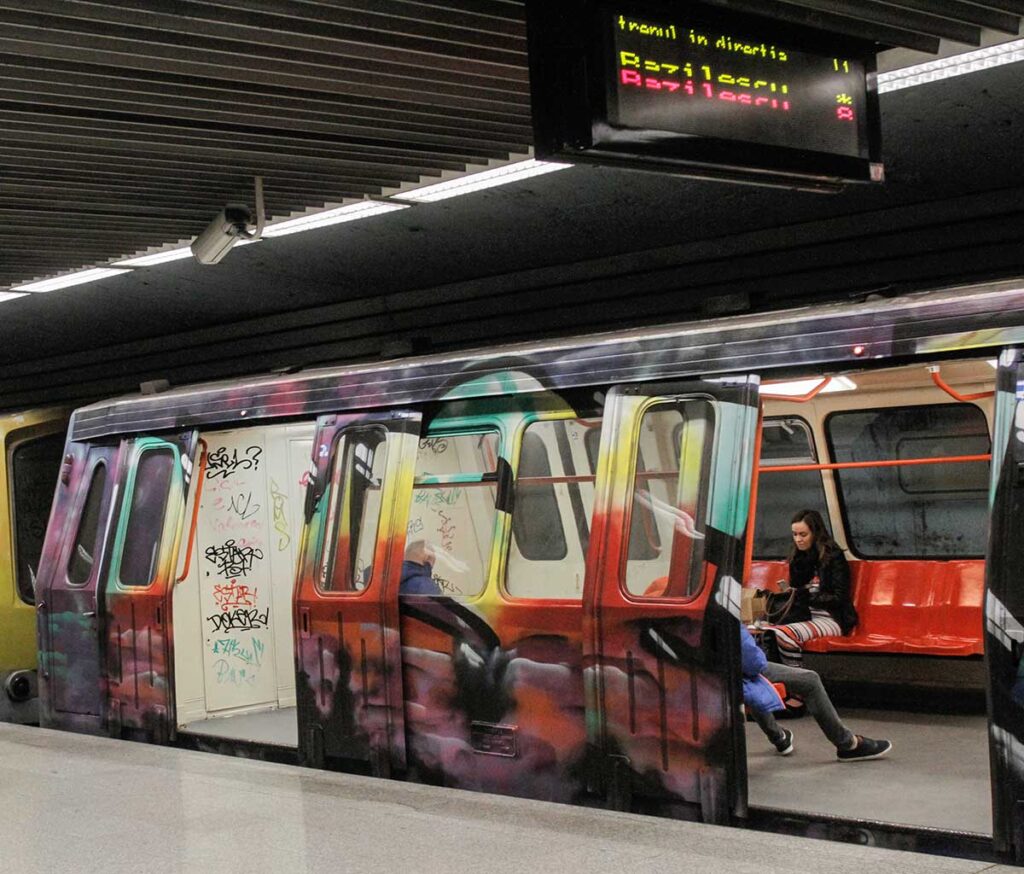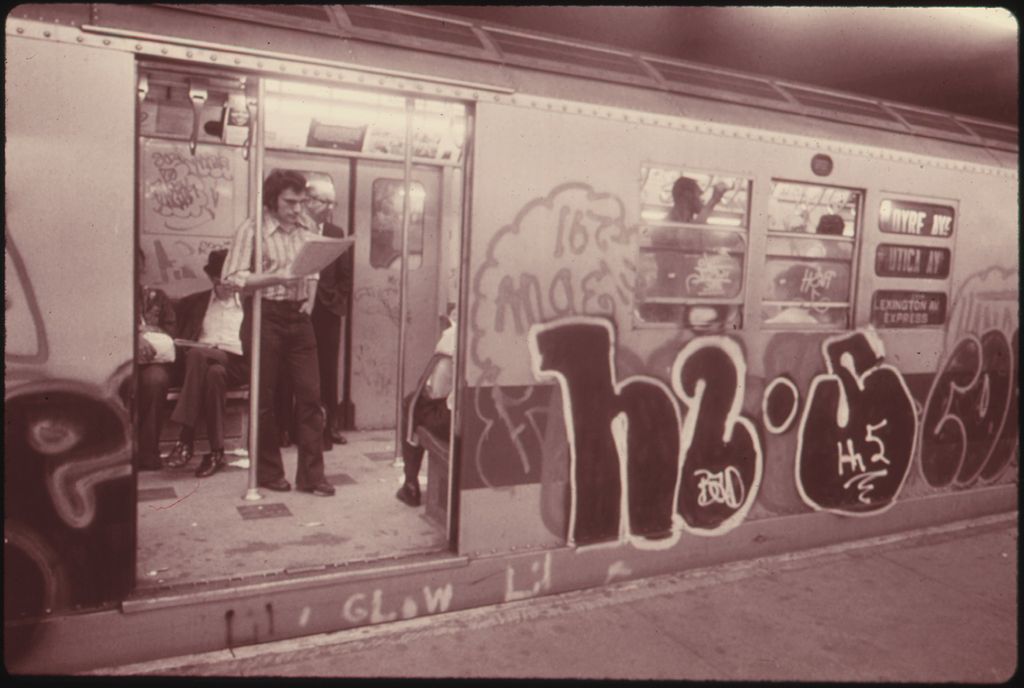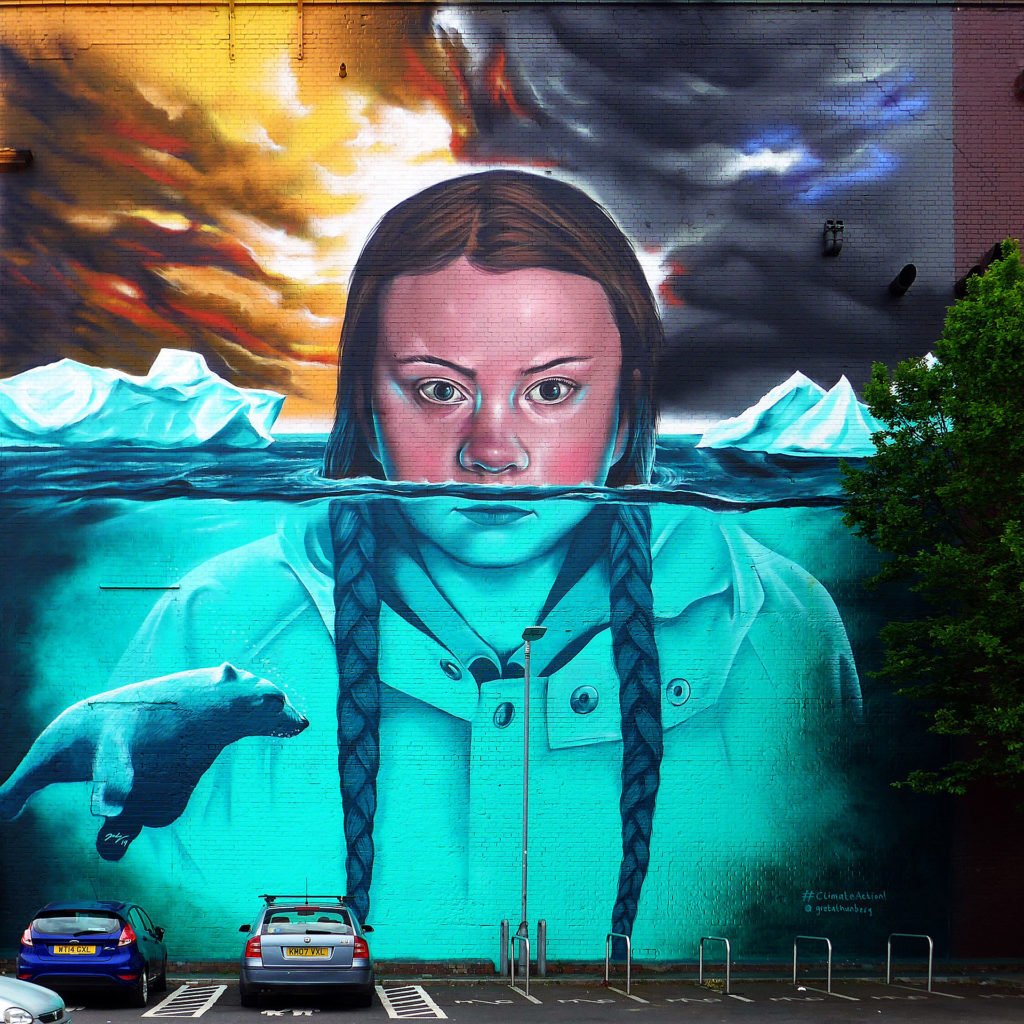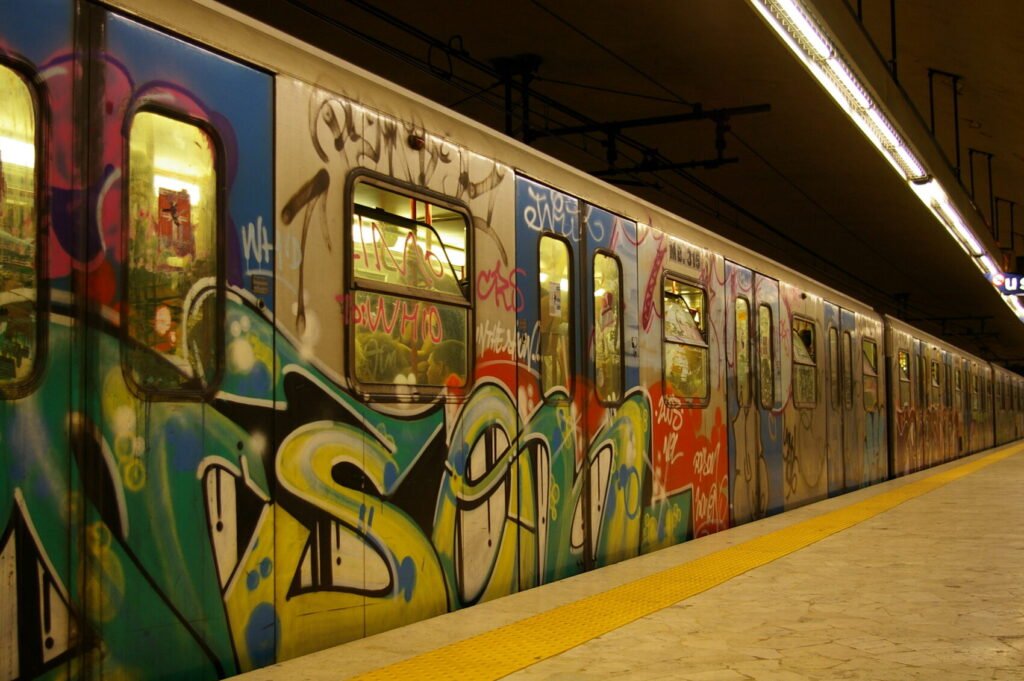When talking about the history of anything, there are debates and discourse from any angle. When it comes to art history, this is taken to the next level.
More so into the ‘beginnings’ of graffiti. The turning of the 20th century into the 21st, saw street art evolve. It became a respected, ever-evolving form of artistic expression. Graffiti has earnt it’s right to be considered a pillar in ‘contemporary’ art.
However when talking about graffiti, there are many layers to the art style. Ranging from stencils, prints and murals, through to large-scale paintings and projects of artistic collaboration.
Considering street installations, as well as performative and video art, it is very much safe to say that street art has found its way into the core of contemporary art. And about time.

Where did it start?
Firstly some would argue graffiti is an art form that started centuries ago with cave drawings and scribbles on streets of BC streets. An example of this is small scribbles and pictures found on walls of Pompei.
When speaking of the later technique of spray painting words and designs on city structures. One of the earliest expressions of street art was certainly the graffiti which started showing up on the sides of train cars and walls. This was the work of gangs in the 1920s and 1930s New York.
The culture really took off as a subversive culture in the 1970s and 1980s where it became widely recognised. Roger Gastman and Caleb Neelon recorded this turn in the book The History of American Graffiti.
These decades were a significant turning point in the history of street art. It was a time when young people were responding to their socio-political environment. They started creating a movement, taking the ‘battle for meaning’ into their own hands. One of these pioneers was Phase 2, who developed his own style.

Soon, this subcultural enigma gained the recognition and respect from the ‘grown-up’ world. From anti-social behaviours from the fingers and cans of teenagers, it had taken a form of true artistic expression.
One of the most respected names in the field of documenting street art and artists, is photographer Martha Cooper. The photographs of the ‘real’ graffiti scene helped take the art from worldwide. Soon enough, this art form grew in other parts of the world. It wasn’t just a photograph that took the art form into different contexts.
Essentially an illegal activity. A process of creation through destruction began its evolutionary journey into numerous forms of artistic expression. These found their way to galleries and the global art market. Although still subversive, and in its large part an illegal movement. Through art enthusiasts and professionals, street art earned its place in the contemporary art world.

Where are we now?
Although street art owes a part of its glory to its rebellious, controversial start. It is an art form that requires an immense amount of talent and skill and to follow the evolution and diversity of street art. In the 21stst century is truly a sight to behold.
Stencils have been a part of history parallel to graffiti that meant anyone was able to create street art. It would translate easily and have been vessels for socio-political activism for those in power, and even more for those who resisted.
Big names such as Banksy helped catapult the evolution of street art into the public eye. Especially with the fame that came with the artist’s work. His documentary Exit through the gift shop, transformed views of this art form.
Those who had little knowledge of the routes and early beginnings of graffiti were educated. Graffiti and street art became a ground for experimental art with different kinds of methodology. But still has its rebellious reputation in the eyes of popular culture and mass media reality.
Graffiti and street art has a huge impact on social activism, creating moving and thought provoking pieces that bring attention to the cause, whatever it may be, directly to the public.

Street art has created artists who create breathtaking murals and works of art. Those who have incorporated video art and other performative aspects to creative work ‘on the streets’. It’s become a recognised, talented art movement that attracts artists and art enthusiasts to all parts of the globe.
To understand the history of street art, one must immerse themselves in the electric environment and appreciate the background and evolution of the skill.


